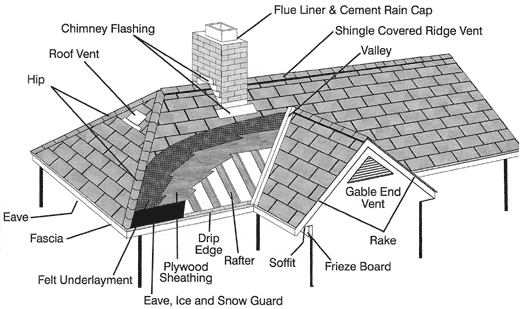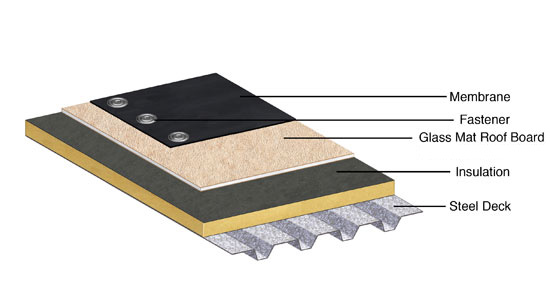Thermoplastics and thermosetting polymers are types of plastic that undergo different production processes and yield a variety of properties depending on the constituent materials and production method.
Thermoset vs thermoplastic roofing 1 8 inch slope.
Single ply roofing materials are either thermoset or thermoplastic.
At romeo rim we have the capability to produce walls as thin as 0 25 inches and as thick as 1 125 inches across a single part.
The terms thermoplastic and thermoset stand for how a material is or can be processed under a changed temperature 1.
Synthetic rubber and thermoplastics serve as two of the most widely used materials for low slope roofing applications.
Fasteners for photovoltaic shingles shall be galvanized stainless steel aluminum or copper roofing nails minimum 12 gage 0 105 inch 2 67 mm shank with a minimum 3 8 inch diameter 9 5 mm head of a length to penetrate through the roofing materials and not less than 3 4 inch 19 1 mm into the roof sheathing.
Thermoset plastics contain polymers that cross link together during the curing process to form an irreversible chemical bond.
Underlayment in high wind areas i e where wind speeds are 110 mph or greater must be secured with.
Comparing thermoplastic polyolefin roofing with epdm.
Thermoset polymers possess excellent resistance to a number of environmental factors above and beyond simply high and low temperatures.
Roof slopes greater than 4 12 require only one layer of underlayment.
Thermosets can survive exposure to the elements without breaking warping or.
When complying with the irc most roofing systems will require two layers of underlayment when the.
The main physical difference is how they respond to high temperatures.
The slope ratio represents a certain amount of vertical rise for every 12 inches of horizontal run.
Roof slope is between 2 12 and 4 12.
It is used to create a watertight roof covering to protect the interior of a building.
A roof that rises 4 inches for every 1 foot or 12 inches of run is said to have a 4 in 12 slope.
Thermosetting plastic can be very resistant to high temperatures allow for flexible design options and can be cost effective.
Based upon the roof slope.
Epdm is a thermoset while pvc and tpo are thermoplastics.
The key difference between thermoplastic and thermoset is that thermoplastic can be melted into any shape and re used whereas thermosets have a permanent shape and cannot be recycled into new forms of plastic.
Membrane roofs are most commonly made from synthetic rubber thermoplastic pvc or similar material or modified bitumen membrane roofs are most commonly used in commercial application though they are becoming increasingly common in.
The cross linking process eliminates the risk of the product remelting when heat is applied making thermosets ideal for high heat applications such as electronics and appliances.









